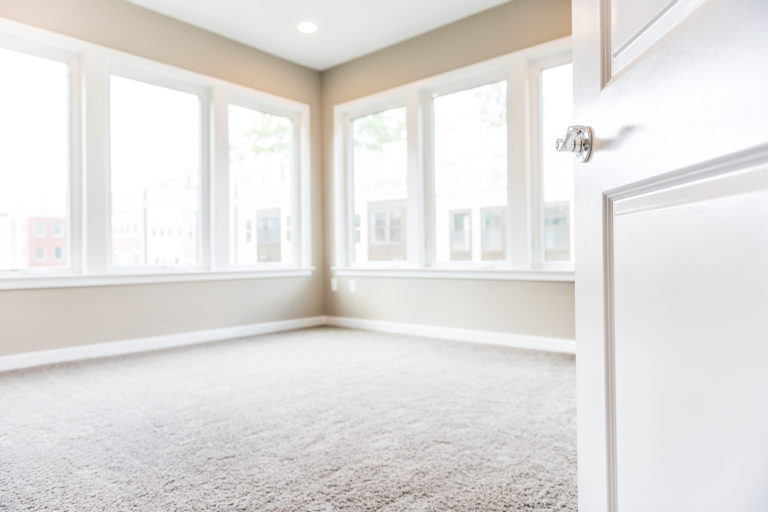Not every real estate transaction lines up perfectly. During the transition, your client may find themselves in the position of owning two houses before the current one is sold. In this instance, it may be wise for them to obtain vacant home insurance.
While a standard homeowners’ insurance policy covers a home while someone’s in it, a vacant home insurance policy does the exact opposite. Simply put, vacant home insurance is specifically provided for clients whose home is now vacant, meaning no one is living there and there’s no personal property in the home.
There are three basic types of vacant properties: those that are for sale and waiting for a tenant; those that are under renovation or construction; and those that are uninhabitable or simply vacant for another reason. Since vacant properties tend to attract vandalism and other property damage, it’s imperative to have insurance coverage so potential damage will not have to be paid for out of pocket.
“Most homeowners’ insurance policies have a clause, where once the home is vacant, after 35-40 days coverage under that policy is minimal to none,” says Bryan Baker, regional manager to Long & Foster Insurance. While there are instances where you could extend your homeowners insurance to cover the gap of time between when the home is vacated and when it’s filled, having a vacant home insurance policy will protect against vandalism, theft, and other structural damage. Additionally, properties under construction or renovation may have further limitations or exclusions.
Something to keep in mind is if a mortgage lender is still involved. Baker states that if there’s still a mortgage on the property the “lender will place an insurance policy on the property that could be two to three times more expensive while providing inferior coverage.” By having the correct insurance policy your client will avoid any trouble with their mortgage lender.
In order to avoid a lapse in coverage, make sure to know the timeline of when your client plans to vacate their home and when the next tenant is expected to move in. Knowing these dates will make it easier for the insurance agency to set up a vacant home policy or adapt the current homeowners’ insurance policy to accommodate these changes. In some cases a vacant home insurance policy may not be needed at all. Due to the many stipulations that come with vacant home insurance, it’s important to share this information with your clients and know this information yourself.
To avoid these insurance pitfalls, Long & Foster Insurance has a proprietary vacant insurance program to help with residential properties for sale. Most vacant insurance policies have minimum earned premiums or minimum terms. Long & Foster’s program is 100% pro-rated, meaning you only pay for the days you use, and it includes flood and earthquake coverage. We are also able to offer coverage for renovation or construction projects to include the renovated value, the existing structure value, materials to be installed and even permit or architecture fees reimbursement. To learn more, contact your Long & Foster Insurance professional.
